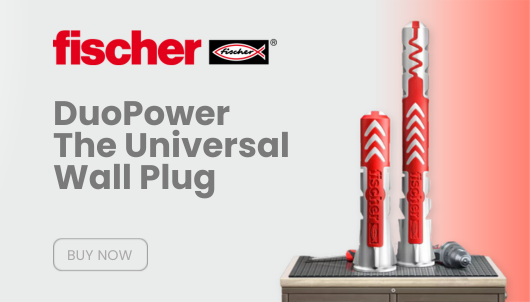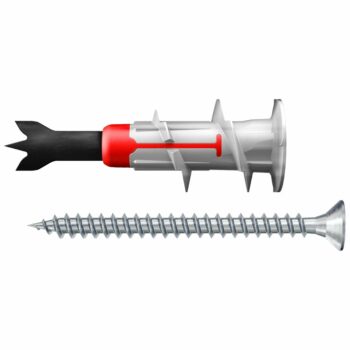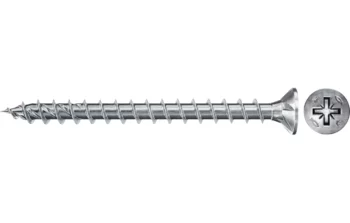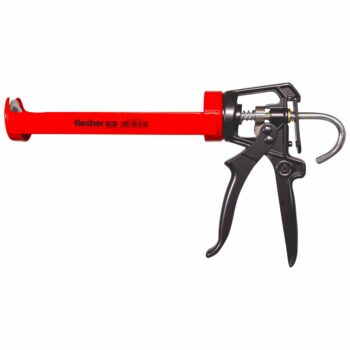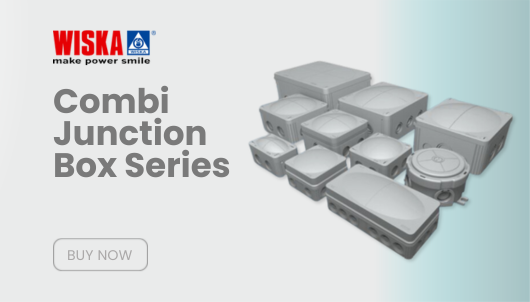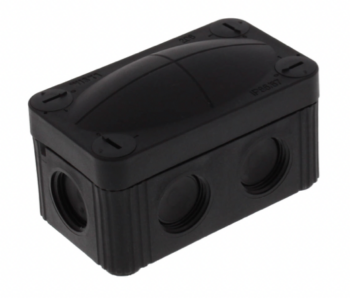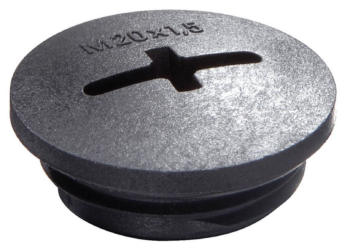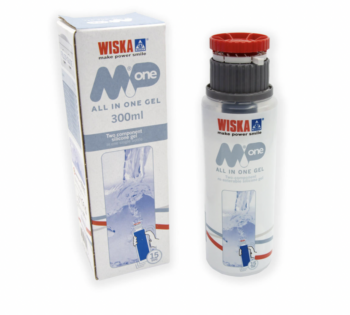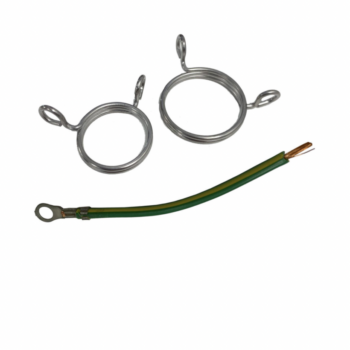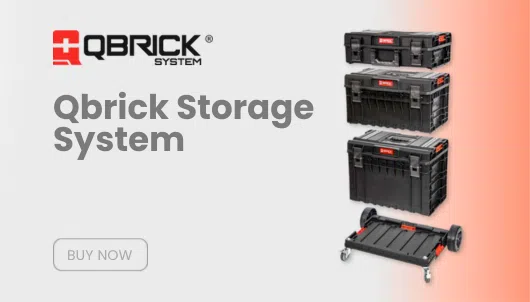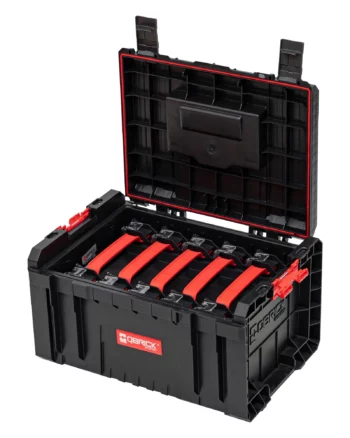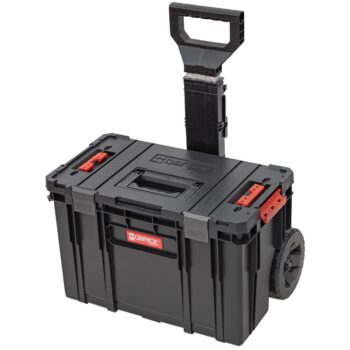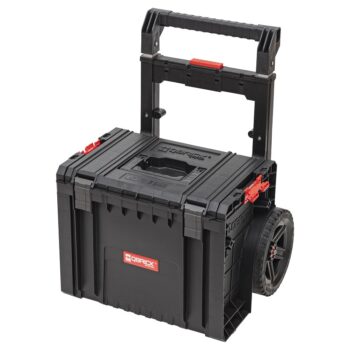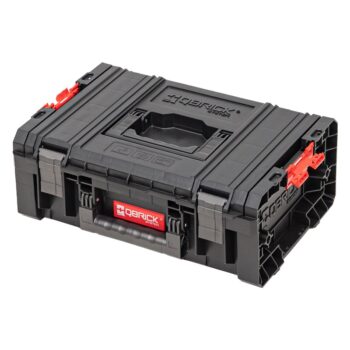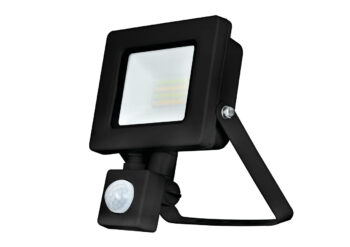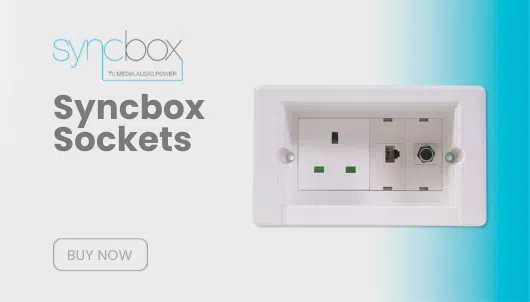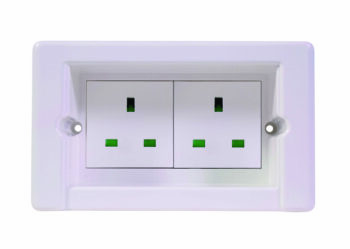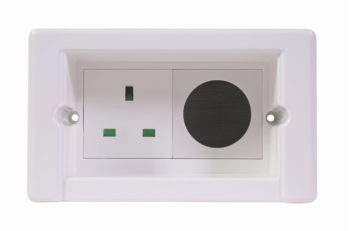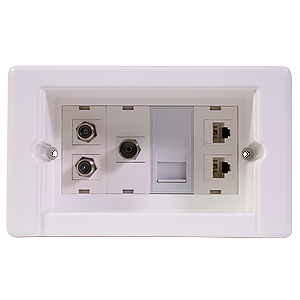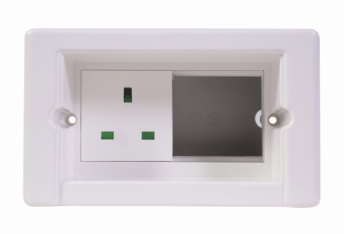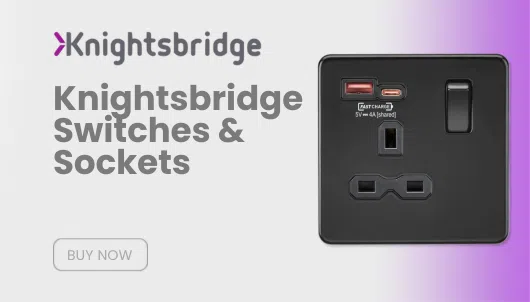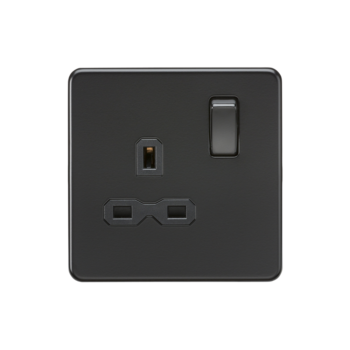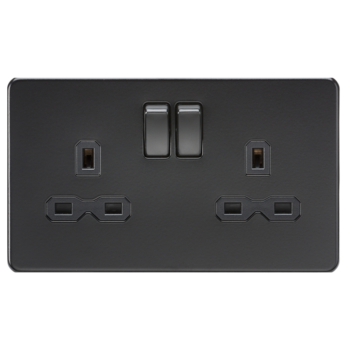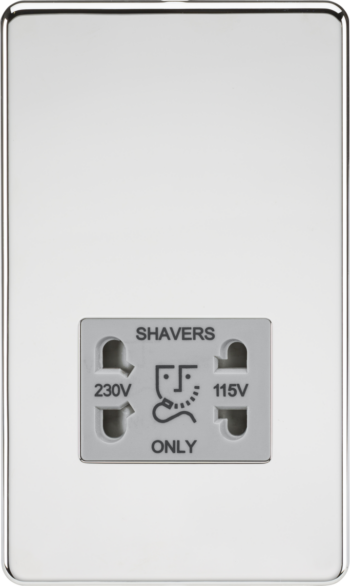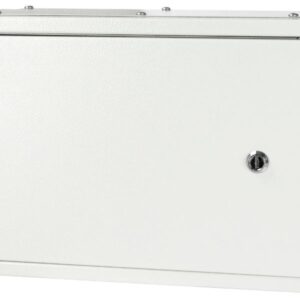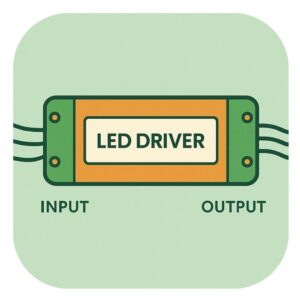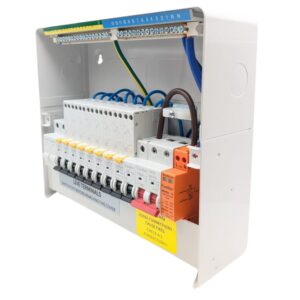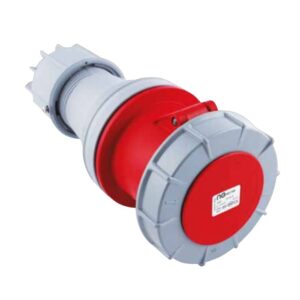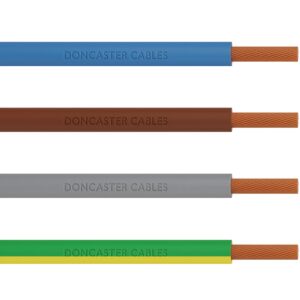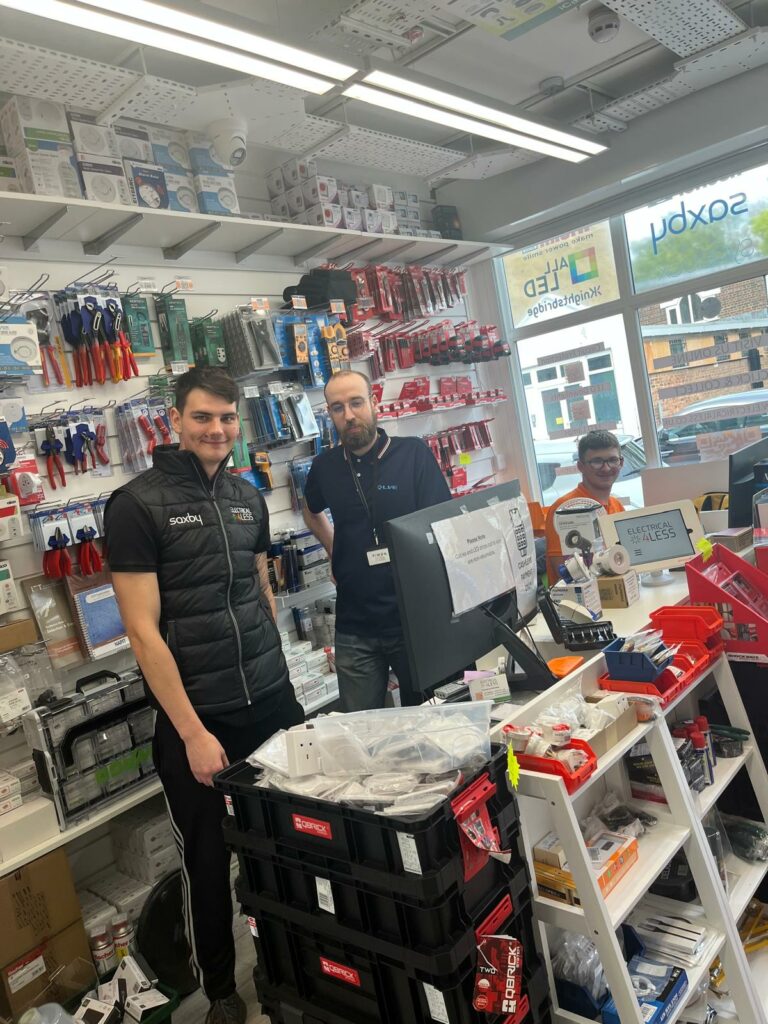The Ultimate Guide to Mini Circuit Breakers: Understanding MCBs for Effective Circuit Protection
When it comes to ensuring the safety of your electrical installations, one device plays a crucial role: the mini circuit breaker (MCB). Often overlooked by many, this compact yet powerful device serves as the backbone of electrical circuit protection, safeguarding homes, offices, and industries from the risk of electrical fires, short circuits, and overloads.
Table of contents
- The Ultimate Guide to Mini Circuit Breakers: Understanding MCBs for Effective Circuit Protection
- What Are Mini Circuit Breakers (MCBs)?
- How Do Mini Circuit Breakers Work?
- Types of Mini Circuit Breakers
- MCBs in the Consumer Unit: Your Home’s Electrical Control Center
- Key Benefits of Mini Circuit Breakers
- Installation and Compliance with Electrical Regulations
- Common Mistakes to Avoid with MCBs
- Conclusion
In this blog, we’ll take a deep dive into everything you need to know about mini circuit breakers (MCBs), exploring how they function, their benefits, and why they are an essential component of any consumer unit. Whether you’re an electrician, a homeowner, or just someone interested in understanding electrical safety, this guide will offer insights that can be invaluable.
Let’s get started.
What Are Mini Circuit Breakers (MCBs)?
In simple terms, an MCB is a circuit protection device designed to automatically cut off the flow of electricity if it detects an issue such as an overload or a short circuit. Unlike fuses, which need to be replaced after they blow, MCBs can be reset once the issue has been resolved, making them a more convenient and cost-effective solution for modern electrical systems.
But before we explore the ins and outs of how MCBs work, let’s break down why circuit protection is so important.
The Importance of Circuit Protection
Imagine turning on an electrical appliance, and suddenly, the lights flicker, your TV shuts off, or worse, you hear a popping sound followed by a distinct burning smell. Scenarios like these are more than just inconvenient—they can be dangerous. In fact, electrical fires are one of the leading causes of house fires globally, often resulting from poorly managed electrical circuits.
This is where circuit protection devices come in. MCBs, in particular, serve as an automatic safety net that interrupts the flow of electricity before it reaches a dangerous level. Think of them as the first line of defense, ensuring that your electrical system doesn’t operate beyond safe limits.
How Do Mini Circuit Breakers Work?
Understanding how MCBs work requires a brief dive into the mechanics of electricity. Electrical circuits carry currents to power your devices. However, when more current flows through a circuit than it is designed to handle (an overload) or when there’s a fault that causes a current to deviate from its normal path (a short circuit), this can lead to overheating, damage, or even fire.
MCBs function by monitoring the electrical current. If the current exceeds a predefined limit, the MCB quickly “trips,” cutting off the electricity supply. Here’s how:
- Overload Protection: Every MCB is rated for a specific current. When the current exceeds this threshold, the MCB’s bimetallic strip heats up and bends, triggering the switch mechanism to trip and cut off the circuit.
- Short Circuit Protection: In the event of a short circuit, where the electrical current takes an unintended path, an MCB uses an electromagnetic mechanism to instantly trip and disconnect the circuit before any damage occurs.
Anecdote: Picture your home like a bustling city with MCBs acting as traffic lights. When everything runs smoothly, the lights are green, and electricity flows normally. But if there’s an accident (like an overload or short circuit), the traffic light turns red, stopping the flow to prevent chaos, which in this case could be a fire or damage to your appliances.
Types of Mini Circuit Breakers
Not all MCBs are created equal. Depending on your electrical system’s needs, there are different types of MCBs tailored for specific functions. Let’s explore a few:
1. Type B MCBs
These are the most common MCBs found in household circuits. Type B MCBs trip when the current is between 3 to 5 times the rated current. They’re ideal for residential applications, where the electrical load is generally light, such as in lighting circuits.
2. Type C MCBs
Type C MCBs trip when the current is between 5 to 10 times the rated current. These are suited for commercial buildings or offices, where higher levels of inductive loads (like motors or air conditioning units) are common.
3. Type D MCBs
With a tripping threshold of 10 to 20 times the rated current, Type D MCBs are designed for industrial environments with heavy inductive loads, such as large machines, transformers, or welding equipment.
Choosing the correct MCB type is crucial, as it determines how sensitive the breaker is to the flow of electricity.
MCBs in the Consumer Unit: Your Home’s Electrical Control Center
In every household, there’s a consumer unit, often referred to as a fuse box or electrical panel. This is where electricity from the grid enters your home and gets distributed to individual circuits. The consumer unit houses MCBs and sometimes other protective devices like residual current devices (RCDs).
The consumer unit is like a distribution hub, and MCBs are the traffic controllers. Each circuit in your home—whether it powers your kitchen, bathroom, or bedroom—has its own MCB, ensuring that any issues are isolated to that particular circuit.
For instance, if you plug in a faulty device in the kitchen, the MCB for that circuit will trip, cutting off electricity to the kitchen but leaving the rest of your home unaffected.
Key Benefits of Mini Circuit Breakers
So why should you care about MCBs? Let’s break down the benefits:
1. Enhanced Safety
The most obvious advantage is safety. By detecting electrical faults early and cutting off the current, MCBs prevent fires, equipment damage, and potential harm to individuals.
2. Convenience
Unlike fuses, MCBs can be reset rather than replaced. This means that after an MCB trips, you can simply flip the switch back once the issue is resolved—no need to hunt for a replacement fuse.
3. Cost-Effective
MCBs last longer and offer greater convenience compared to fuses, making them a cost-effective option over time.
4. Customization
As discussed earlier, MCBs come in various types with different ratings, allowing them to be tailored to specific needs—whether it’s for residential, commercial, or industrial use.
Installation and Compliance with Electrical Regulations
When installing an MCB, it’s important to comply with local electrical standards and regulations. In the UK, for example, the 17th Edition of the IET Wiring Regulations (BS 7671) outlines the standards for electrical installations, including requirements for MCBs.
Compliance ensures that MCBs are installed correctly and perform their intended function safely. Always consult a qualified electrician when installing or replacing MCBs to avoid potential hazards and ensure the system meets safety standards.
Common Mistakes to Avoid with MCBs
While MCBs are highly effective, they are not infallible. Certain mistakes in installation or usage can reduce their effectiveness or cause them to malfunction. Here are some common pitfalls to watch out for:
1. Overloading the Circuit
Even though MCBs offer protection, consistently overloading a circuit can lead to frequent tripping, which indicates that your electrical system may need upgrading. Ensure your circuits are designed to handle the load of your appliances.
2. Choosing the Wrong MCB Type
Using a Type B MCB in an industrial setting with heavy machinery can cause nuisance tripping. Always select the appropriate MCB type for your specific needs.
3. Ignoring a Tripped MCB
If an MCB trips repeatedly, don’t ignore it! This is a sign that something is wrong with the circuit. Continually resetting the MCB without addressing the underlying issue can lead to more severe problems down the line.
Conclusion
Mini circuit breakers (MCBs) are more than just an optional feature of your electrical system—they’re a necessity for modern electrical safety. From preventing overloads to protecting against short circuits, MCBs ensure that your home or workplace remains safe from electrical hazards.
Whether you’re upgrading your electrical system, troubleshooting a tripped breaker, or simply want to understand how MCBs work, it’s clear that these small devices make a big impact. With the right MCB in place, you can rest easy knowing your electrical circuits are well-protected.
See our full range of Mini Circuit Breakers here!
MCB FAQ
The main function of an MCB is to automatically shut off electrical circuits when it detects an overload or short circuit, preventing potential hazards like fires or equipment damage.
Unlike fuses, which need to be replaced after they blow, MCBs can be reset after tripping, making them a more convenient and reusable option.
The common types of MCBs are Type B, Type C, and Type D, each designed to handle different levels of current and loads.
It’s recommended to have an MCB installed by a qualified electrician to ensure proper compliance with electrical standards and safety regulations.
If your MCB trips frequently without an apparent cause, it may be faulty or the circuit may be overloaded. Consult an electrician for an inspection.
MCBs can last many years, but their longevity depends on usage and whether the circuits they protect are frequently overloaded.
While MCBs protect against overloads and short circuits, residual current devices (RCDs) protect against earth faults, such as when current leaks from a circuit.
Repeated tripping usually indicates an underlying issue, such as a faulty appliance or an overloaded circuit. Have the circuit inspected by an electrician.
Yes, MCBs help prevent electrical fires by cutting off the flow of electricity during an overload or short circuit.
Simply locate the tripped MCB in your consumer unit and flip the switch back to the “on” position after addressing the cause of the trip.
Yes, Type C and Type D MCBs are specifically designed for industrial applications, handling higher inductive loads.
MCB ratings are based on the current-carrying capacity of the circuit they protect and are measured in amperes (A).
MCBs are suitable for all types of homes, but older homes may need an electrical system upgrade to accommodate modern circuit protection.
Yes, MCBs can protect outdoor circuits, such as garden lighting or external power outlets, but ensure the circuit is properly rated for outdoor use.
A double-pole MCB protects both the live and neutral wires in a circuit, making it ideal for protecting high-power appliances.
In many countries, including the UK, electrical regulations require MCBs or similar devices to be installed in all electrical circuits for safety.
Using an undersized MCB can result in frequent tripping, as the breaker will not handle the circuit’s current load adequately.
MCBs require little maintenance, but regular inspection by an electrician is recommended to ensure they’re functioning correctly.
Yes, MCBs can protect sensitive electronics by preventing surges and overloads that could damage them.
Consult an electrician to assess your electrical system and recommend the appropriate MCB type and rating for your home or business.





